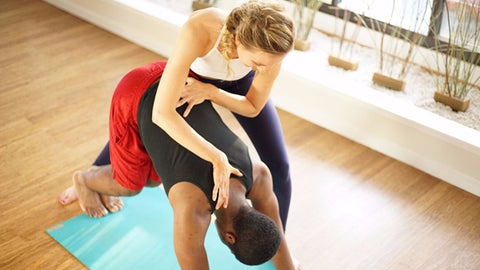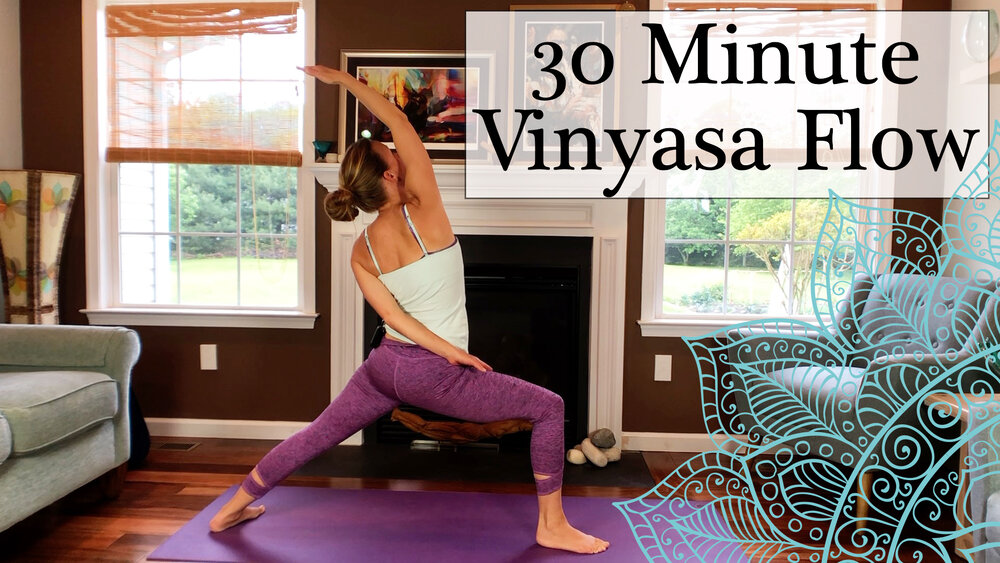
If you're looking for ways to relieve eye strain and reduce the risk of glaucoma, eye yoga may be for you. This practice involves using your palms to focus the eyes. You should bring your right thumb to your nose with your thumb. Slowly extend your right hand while keeping your eyes on the thumb.
Optical yoga
Optical yoga can be a wonderful way for you to improve your vision. You will see a significant improvement in your vision and overall health. You will feel better from head-to-toe which will reduce your dependence on medication for eye problems. Eye yoga is an excellent option for anyone.
Optic yoga is a simple exercise that strengthens andstretches the eye muscles. This improves students' ability to concentrate, and helps reduce stress and eye strain. These exercises can be done several times per day, even before bed. Even if you don't have much time, you can do the exercises at your desk.

Palming action
Eye yoga is incomplete without palming. It activates energy for receiving and coming into each moment. It soothes the nervous systems. You can improve your eyesight by doing palming 15 to 20 times a day. This can be done standing up or lying down. It's best not to rush.
Palming, a traditional technique, is where you place your hands on the eyes. This is a common practice in yoga classes. It can also refresh your mind. It can also help relax your facial muscles and reduce wrinkles and frown lines. The technique can easily be performed three to 10 times daily with or not your eyes.
Relieves eye strain
You are not the only one who is experiencing eye strain. Many people suffer from eye strain as a result of heavy use, such as reading or using the computer. The condition is often accompanied back pain, tight shoulders, headaches and tight shoulders. Eye strain can be relieved by performing exercises that allow you to move your eyes from one side to the other.
Eye yoga has been found to help reduce eye fatigue and stress. 32 optometry students discovered that ocular Yoga exercises helped relieve eye fatigue and strengthened extraocular muscle. In 2016, 40 nursing students conducted a study that showed eye yoga exercises made them feel more tired while performing daily tasks.

Reduces glaucoma risk
Eye yoga can reduce your risk of developing glaucoma. This is by improving your eyes health. Glaucoma sufferers are more at risk of experiencing high intraocularpressure (IOP), which can cause damage to the optic nerve. Fortunately, this condition is treatable. Yoga can help practitioners improve their vision and reduce eye pressure.
However, you should consult your doctor before engaging in any exercise program that will affect your eyes. It is not recommended that you lift weights greater than 200 pounds. Also, it is important to avoid breathing-restricting activities. You can still improve your blood flow by doing other exercises, which are good for your eyes and heart. Regular exercise can help you lose weight as well as improve your overall health.
FAQ
What type of yoga is best for beginners?
Yoga is great for everyone, regardless of age or fitness level. It's a simple way to stay healthy and fit. People who have tried yoga report feeling healthier both physically and mentally. People who have tried yoga say they feel calmer and happier.
Yoga is more than exercise. It is a way to live that includes breathing exercises and stretching.
There are many types and styles of yoga. There are many types of yoga. Some focus on strength training while others emphasize relaxation.
The type you choose depends on what you want from yoga. Iyengar yoga can help you increase your flexibility. Or if you want to tone your muscles, go for Ashtanga yoga.
How long should a yoga session be?
Yoga sessions last between 45 minutes- 1 hour. The type and amount of yoga you do will dictate the length of the session. 45-60 minutes should be enough if your goal is to concentrate on strength-building activities. If you are looking for relaxation or mediation, a longer time may be required.
You can also vary the length of your yoga classes depending on which type you are taking. Some focus on quick movements while others stress slow, deep stretches.
Is there much sweat involved in yoga?
This depends on which style of yoga is being practiced. Vinyasa flow (or Power) yoga involves lots jumping, twisting and turning movements. People often sweat heavily while practicing yoga.
In contrast, Hatha yoga focuses on poses like forwarding bends and twists. These poses don't require a lot of sweat, so most people won't feel much perspiration.
Where can I find a qualified yoga teacher?
You can find qualified yoga teachers in your local community. You may also be able to search for a teacher online if you aren't located near a studio. A yoga class that offers online registration might be worth your consideration.
Statistics
- A 2020 review of 27 studies (1,805 total participants) of yoga interventions in children or adolescents found reductions in anxiety or depression in 70 percent of the studies, with more promising results for anxiety. (nccih.nih.gov)
- According to the Agency for Healthcare Research and Quality, falls are incredibly common among older adults in nursing facilities. Even the simplest ones can increase the risk of death (24). (healthline.com)
- Gentle yoga has been shown to ease some of the discomforts of tender, swollen joints for people with arthritis, according to a Johns Hopkins review of 11 recent studies. (hopkinsmedicine.org)
- About one in seven U.S. adults practiced yoga in the past 12 months, according to a 2017 national survey. (nccih.nih.gov)
- In comparison, a 125-pound person is estimated to burn 135 calories in 30 minutes of walking (at a pace of 15-minute miles) and 210 calories bicycling at a moderate pace on a stationary bike. (everydayhealth.com)
External Links
How To
Which is the best place to do yoga?
There is no one right way to do yoga. Every person is different. It is enough to find the position that feels most comfortable for you.
Here are some commonly used positions:
For beginners, standing poses are a good choice because you can see your body from various angles. It is also easier to focus on your breathing with these poses.
Forward bends – Forward bends can be used to loosen tight areas in the body. Try them while sitting or lying down.
Backbends. Backbends generally are considered advanced poses. If you want to try one, you should seek advice from your instructor.
Inversions – Inversions require you to balance upside down. This is a challenging but rewarding type of yoga.